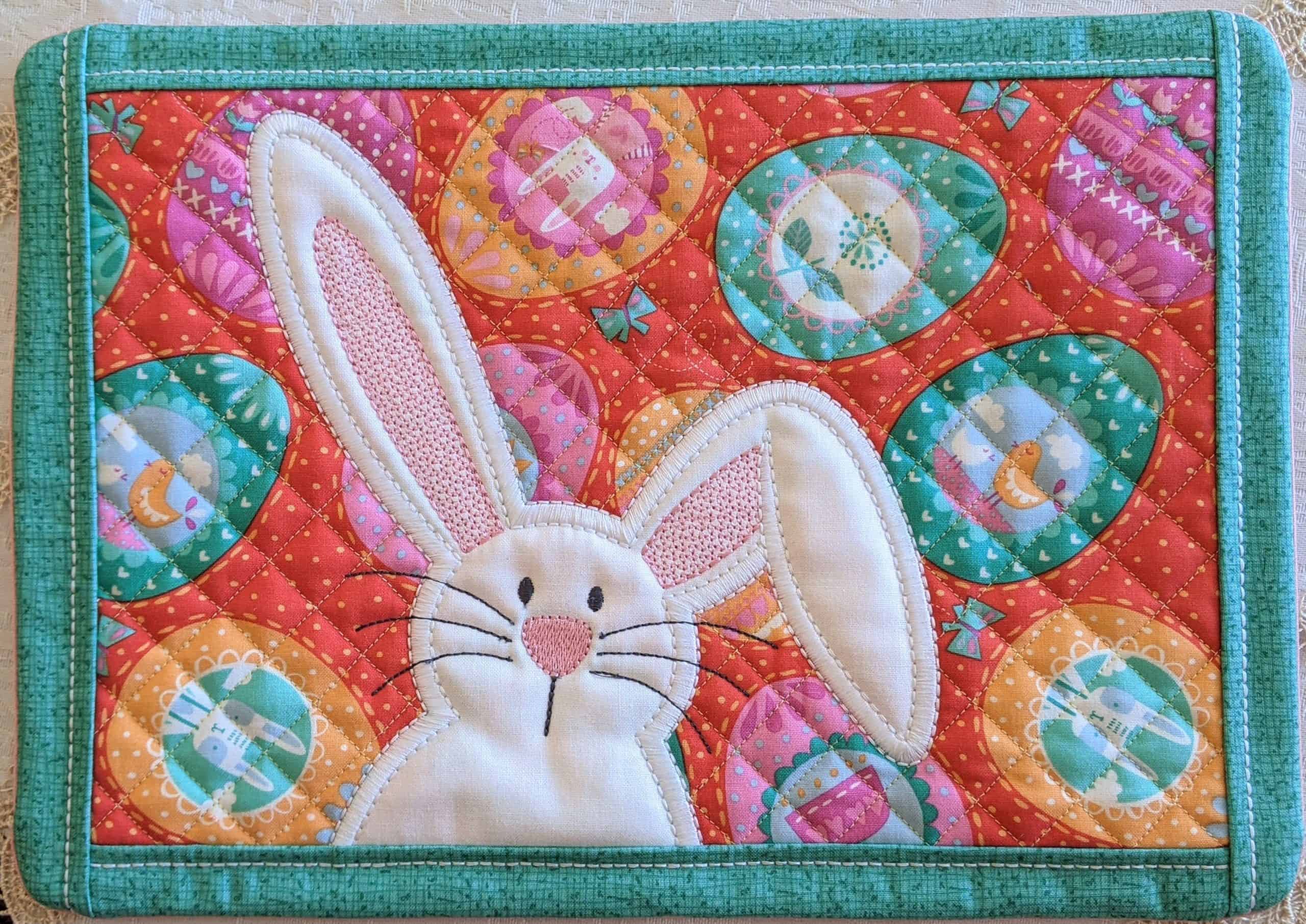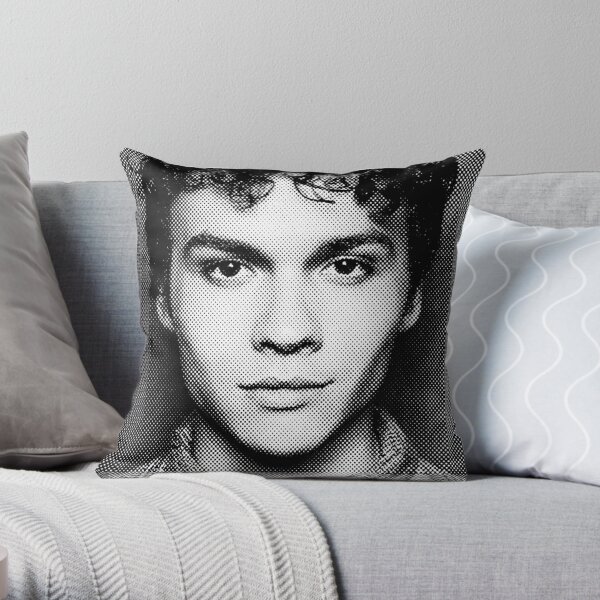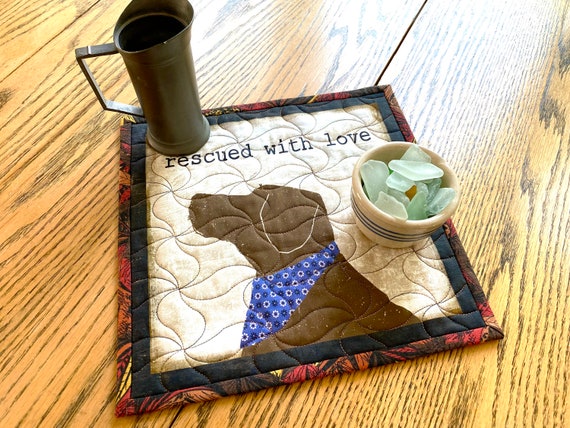The 6-Second Trick For Unique Art
The 6-Second Trick For Unique Art
Blog Article
The Single Strategy To Use For Unique Art
Table of ContentsRumored Buzz on Unique ArtThe Ultimate Guide To Unique ArtThe Single Strategy To Use For Unique ArtSome Ideas on Unique Art You Should Know
While one could dispute which art kind holds priority, the truth remains that each of these seven kinds offers an unique home window right into human history, society, and advancement. They are the tapestries that chronicle our trip, advising us of our past while inspiring visions for the future.Fantastic artwork narrates, makes people look twice, and produces an one-of-a-kind experience that can not be matched. Art and pictures interact all of that with color, shape and various other design aspects. Discover exactly how to make your special art work stick out from the crowd.

8 TRIA GIOVANEqual parts grand and laidback, this entrance hall created by Anthony Baratta is the excellent blueprint to adhere to if you're embellishing an official entry that still feels unfussy and comfy. Formed textiles take facility stage (see the rugs and the sofa), however they additionally aid bring the high ceilings down to a human scale when hung over wallpaper.
How Unique Art can Save You Time, Stress, and Money.
18 Heidi Caillier DesignA gallery wall does not require to occupy the whole space. As a matter of fact, often a little one can make a bigger design declaration. In this living room, Hiedi Caillier selected micro-mini structures and a random composition. Promotion - Continue Analysis Below19 Stephen Kent JohnsonDesigner Juan Carretero chose a deep environment-friendly paint color to comparison with the light wood surfaces.
The components of this languageits shapes, lines, colours, tones, and texturesare utilized in different methods to generate experiences of volume, space, motion, and light on a flat surface. These components are combined into expressive patterns in order to stand for real or mythological sensations, to analyze a narrative theme, or to produce entirely abstract aesthetic connections.
Later on the idea of the "great artist" established in Asia and Renaissance Europe. Popular painters were managed the social status of scholars and courtiers; they authorized their work, decided its layout and frequently its subject and images, and developed a more personalif not constantly amicablerelationship with their clients. During the 19th century painters in Western societies started to shed their social setting and safe and secure patronage.
Our Unique Art Ideas
Others made a revenue with exploring exhibits of their job. The requirement to attract a marketplace had actually replaced the similar (if much less impersonal) needs of patronage, and its impact on the art itself was probably comparable too. Typically, musicians in the 20th century might get to an audience only with industrial galleries and public museums, although their work might have been occasionally duplicated in art periodicals.

Don't replicate the design of other musicians if you're searching for your style. Duplicating various other people's artwork can be wonderful in educational functions but it will certainly not make you closer to finding your very own one-of-a-kind style. Your imaginative design needs to be, what you such as and what motivates you.
I would believe of your very own design as a style you repaint in normally, when you allow go of all thoughts and policies and simply focus on paint, not assuming about it. Unique Art. The style needs Click Here to come naturally to you when you are relaxed and you can not force it or it won't be your own style, just somebody else's
Not known Details About Unique Art

With time you'll have the ability to sort all of them into your favorite and least favored categories. Try to focus your interest on the subjects and mediums that you like and prior to you see it coming you'll have your own individual and unique style, like no one else have! In the end you'll have a few preferred topics to repaint and perhaps a couple of favorite tools.
The style has to establish itself in time with a great deal of technique and experiments - Unique Art. next page Thanks for reading this the original source message and if you have any kind of questions leave them in the comments listed below, I 'd enjoy to address these
Report this page